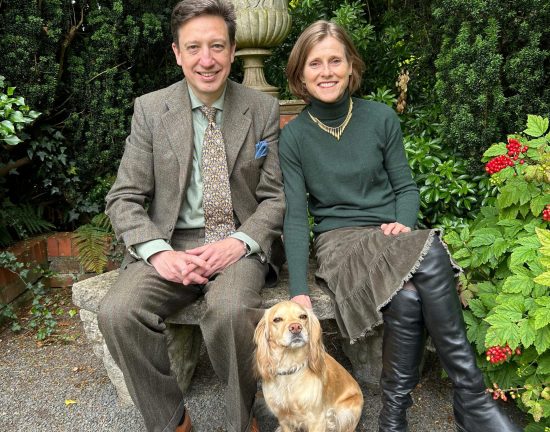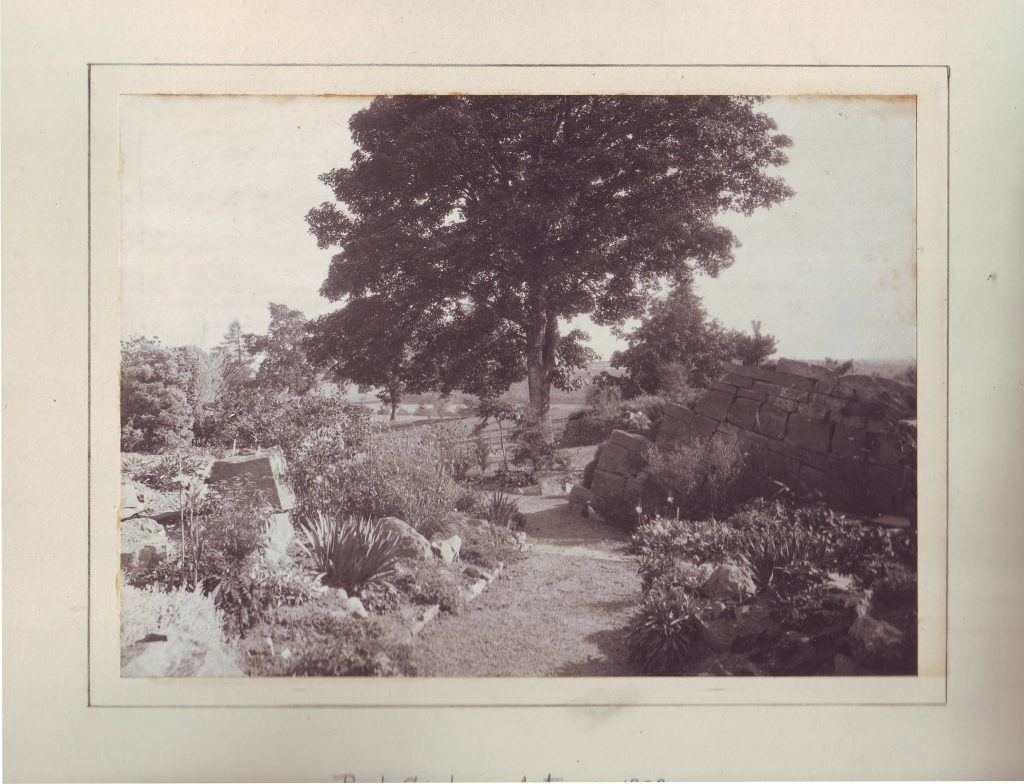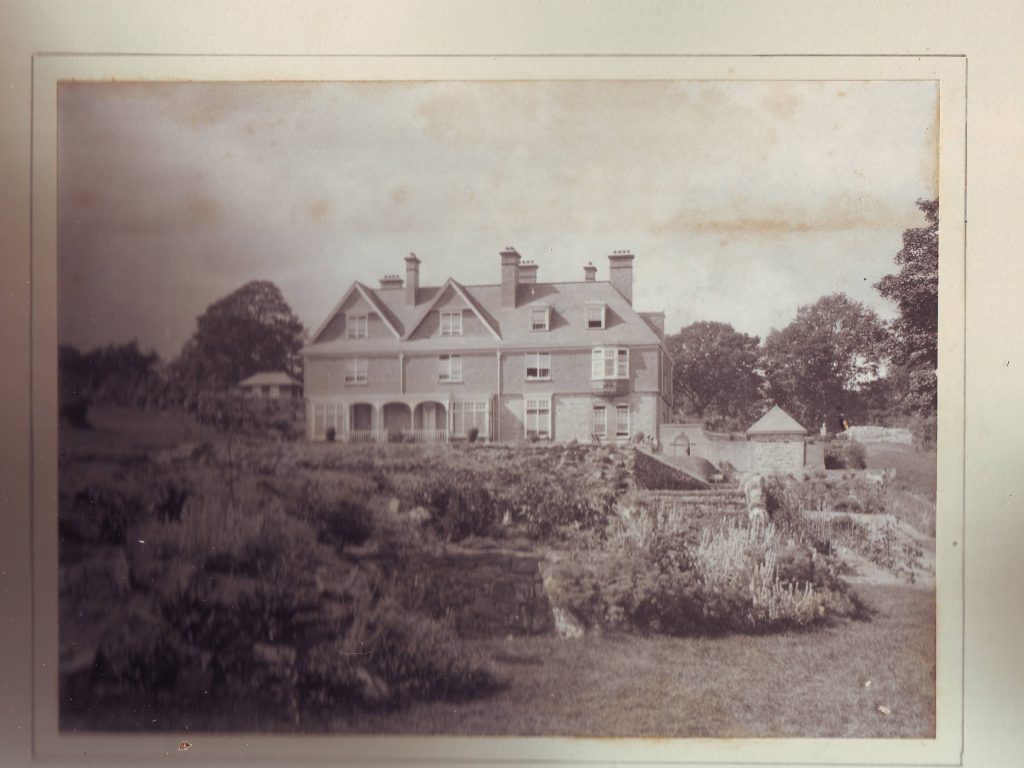The gardens are open daily from 11.00 – 4.30
Kitchen Garden and September perennials
About Us
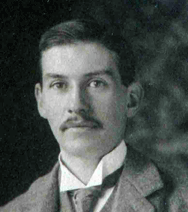
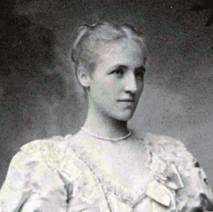
Willie and Dorothy Banks
William Hartland Banks (1867-1930) and his wife, Dorothy (nee Alford) (1866-1937), married
in 1893 and started building Hergest Croft and laying out the gardens in 1895. Both had read
Natural Sciences at Cambridge and were passionate gardeners and plant collectors. Willie was also a keen photographer. Some of his prints can be seen in Maples Tearoom, showing the house and garden under construction.
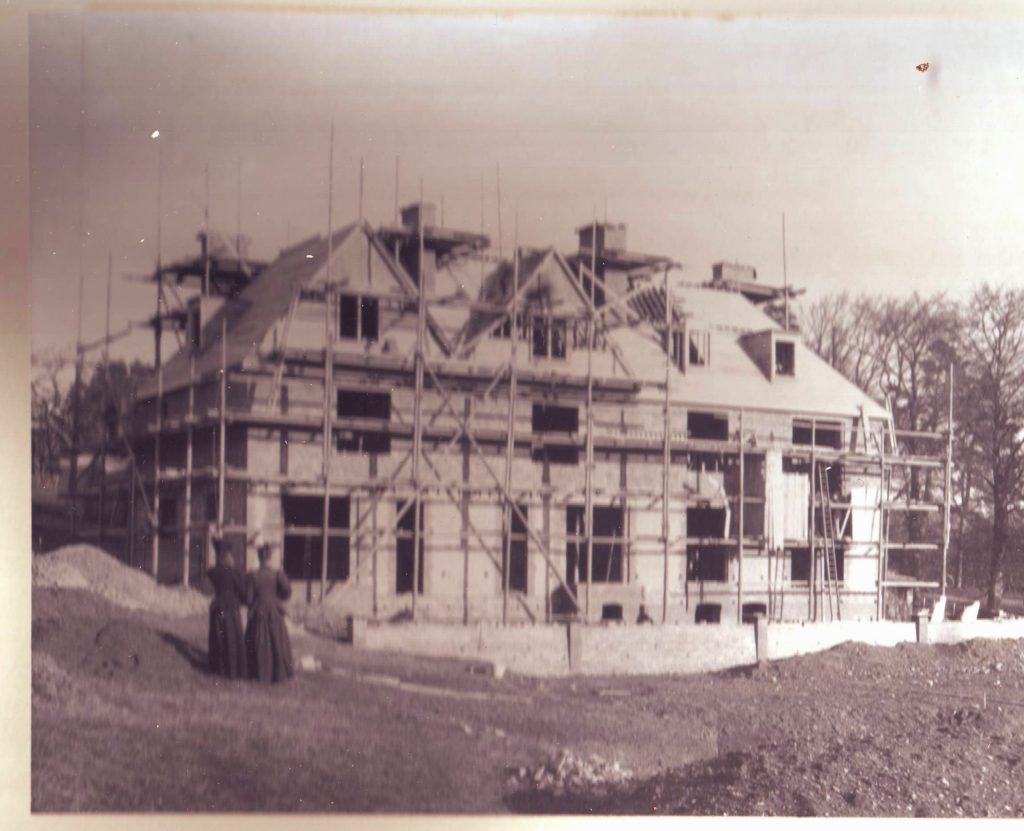 The decision to build Hergest Croft
The decision to build Hergest Croft
Willie’s father, Richard William Banks, who had started the planting of exotic trees on the estate, had died in 1891. Willie’s mother, Emily Rosa (nee Hartland) (1835-1924), continued living at Ridgebourne, further down the hill, prompting Willie and Dorothy to build Hergest Croft as a home for themselves and their growing young family.
Work began in 1895 and Dorothy records that under the foundation stone they buried three silver coins of 1895, a cancelled bank note and a bottle containing a copy of the Birmingham post of the day.
The House and Garden
The house is in the Arts and Crafts style, and contains some interesting details, including a fine William de Morgan tiled fireplace in the old dining room, now the Tearoom.
Willie and Dorothy designed the garden themselves and were much influenced by the writings of William Robinson, especially ‘The English Flower Garden’. The first decade of the twentieth century was one of the most exciting in the history of plant collecting. The most notable collector was Ernest ‘Chinese’ Wilson, who was employed by Veitch Nurseries at Kingston-on-Thames. The Bankses bought extensively from them, as well as from Vilmorin and Chenault in France, and many of the trees and shrubs today are amongst the earliest plantings of these species in Britain.
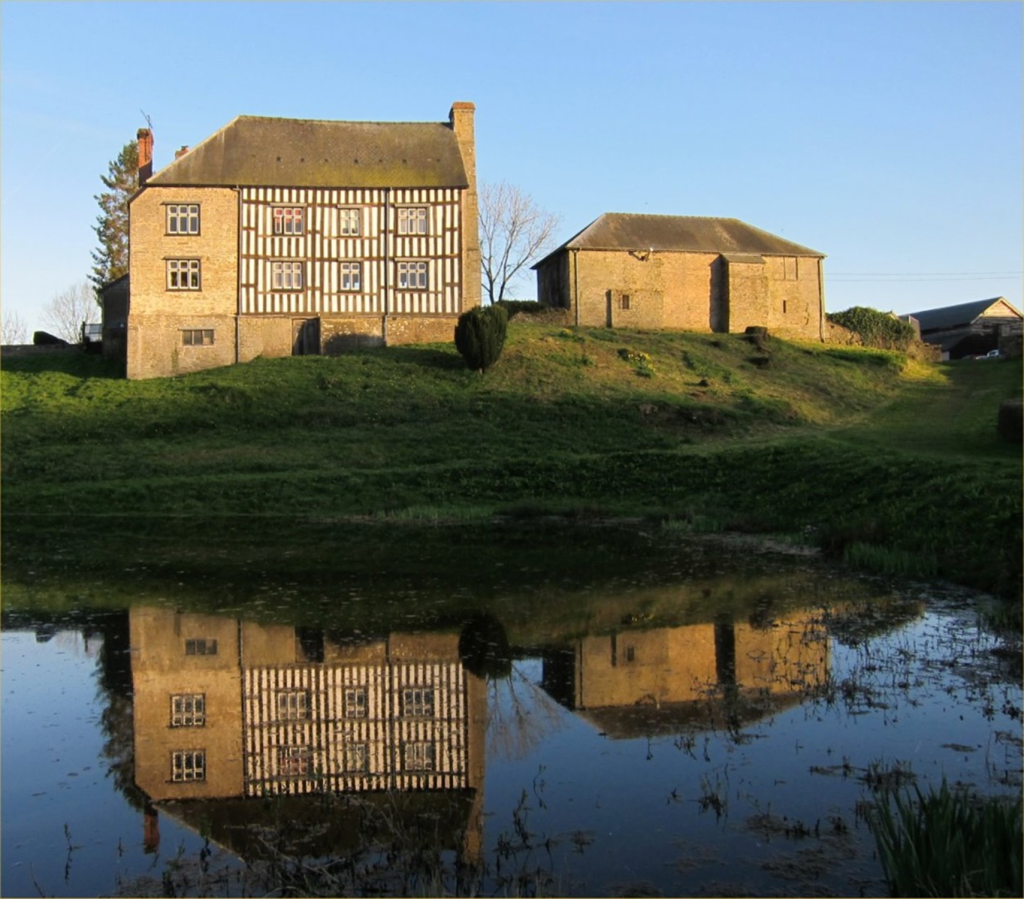 Hergest Court and Park Wood
Hergest Court and Park Wood
In 1912, Willie bought Hergest Court and Park Wood. This 15th century house can be seen from the bottom of the Hergest Croft lawn. It is reputedly haunted by a great black hound,“The Black Dog of Hergest”, which is thought to be the inspiration for Conan Doyle’s The Hound of the Baskervilles.
The War Years
The family lived in Hergest Croft until 1941 when it was requisitioned by the Local Education Authority to house Bootle Girls’ School for the remainder of the war. The house was then occupied by Lady Hawkins School until 1965 when it was taken over by the Herefordshire County Archives.
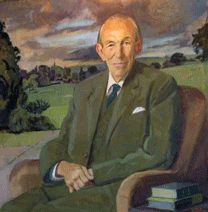 Dick and Jane Banks
Dick and Jane Banks
When Willie and Dorothy’s son, Richard Alford Banks (“Dick”) (1902-1997) and his wife,
Jane, returned here in 1953, they faced the Herculean task of restoring the gardens
following the war years. Dick was another keen and skilled plantsman. He added a huge
number of trees and shrubs to his father’s collection and it is these that form the core of the garden today. He planted many of the magnolias, and his interest in maples and birches is reflected in the range of these genera in the garden, which now form National Collections.
In 1972 the house was returned to the family, who converted it into five flats, using the dining room as a tearoom and hall as a gift shop.
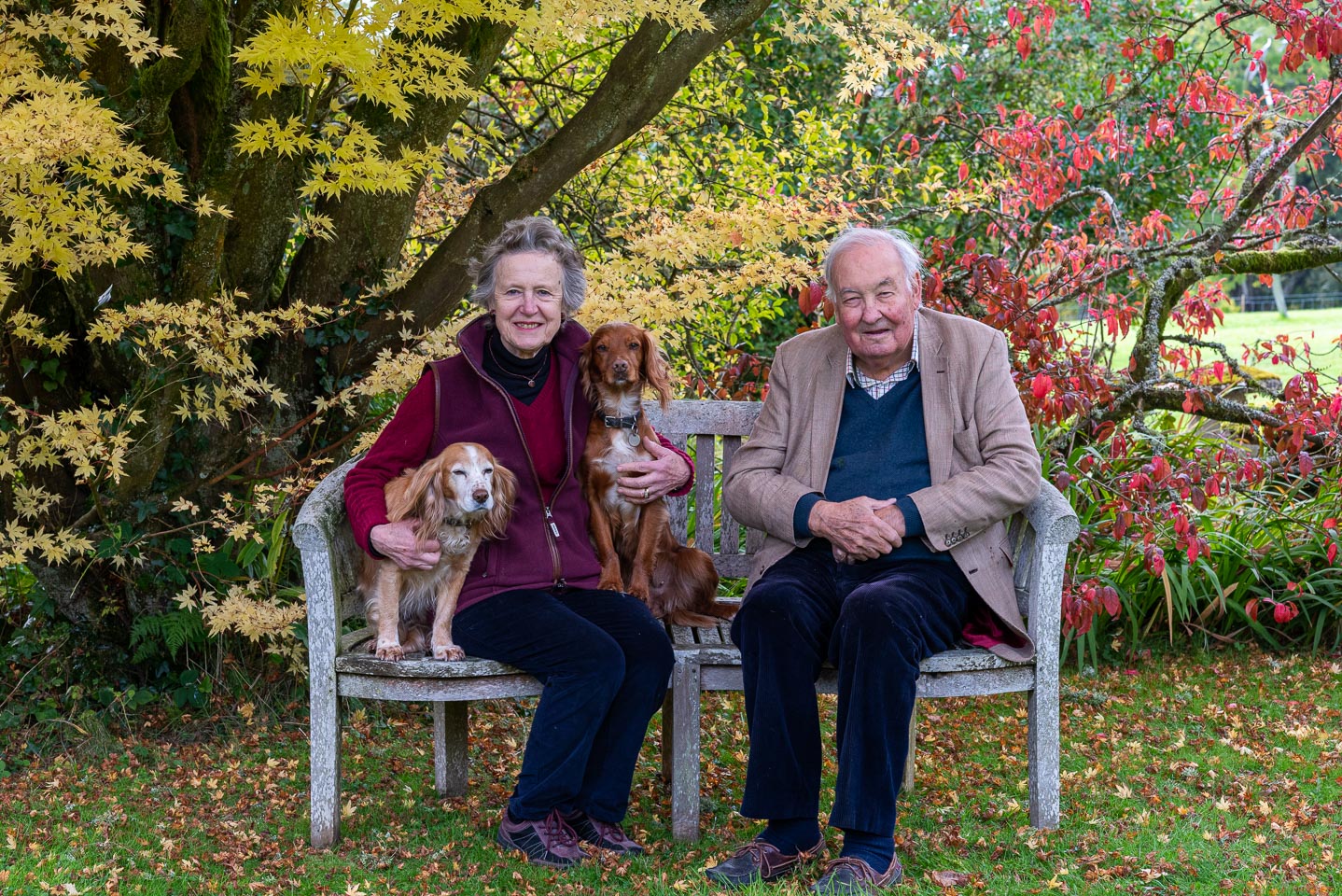 Lawrence and Elizabeth Banks
Lawrence and Elizabeth Banks
Lawrence Banks (1938-2022) and his wife, Elizabeth, took over the gardens in 1988. He served as the Treasurer of the Royal Horticultural Society for many years and she is a noted landscape architect, as well as being the first female President of the RHS from 2010 to 2013.
As China re-opened to plant collectors in the 1980s, they were able to introduce a range of trees and shrubs to rival those of W. H. Banks at the start of the twentieth century. These can be seen in the Maple Grove.
Edward and Julia Banks
Their son, Edward, (b.1967) and his wife, Julia, took over ownership of the gardens in 2010, becoming the fifth generation of the Banks family to care for the gardens.
They are ably guided by Elizabeth, as well as the team of very experienced gardeners that includes Head Gardener, Stephen Lloyd, who has worked at Hergest for over 40 years, and Rowan Griffiths, 2023 winner of the RHS Roy Lancaster award (given to an individual under 35 who has made an exceptional contribution to the practice, science or promotion of horticulture).
